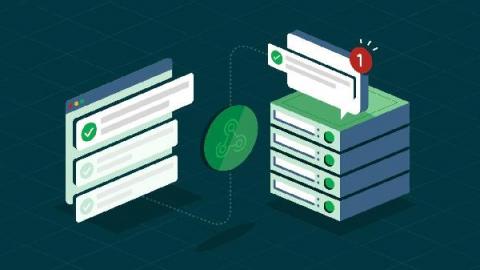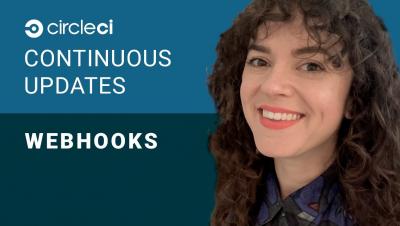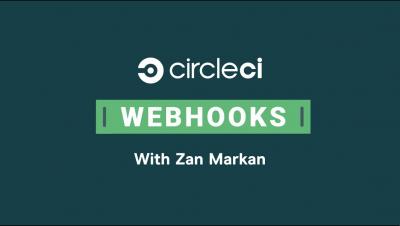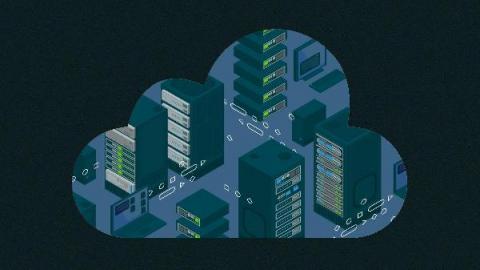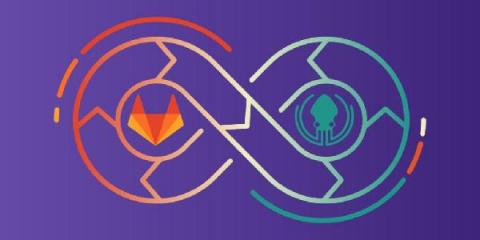Create customizable experiences with CircleCI webhooks
Over the past 10 years, CircleCI customers have used our platform to customize their software development process. Orbs have helped standardize and scale CI/CD pipelines with reusable packages of configuration. The CircleCI API has allowed users to create robust internal tools for their developers and integrate with other products for more granular monitoring. As of today, CircleCI users have yet another way to react to events and customize their software delivery experience with webhooks.


